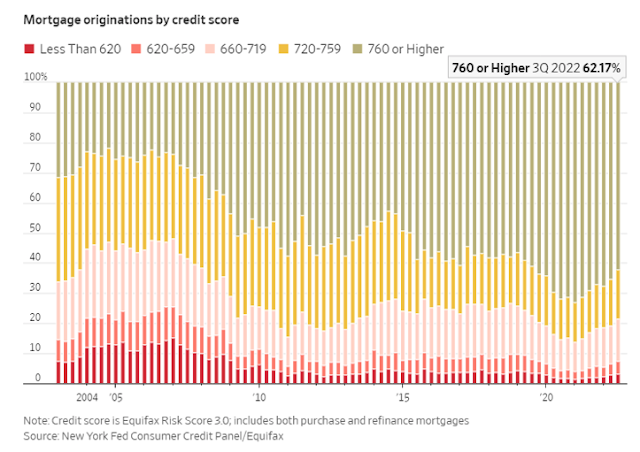The classic Phillips Curve has not done well to explain inflation since the GFC nor during the pandemic. Economists have started to look at alternative ways to think about inflation, its measurement, and where it comes from. For example, the simplest case is that current inflation is closely associated with an oil price shock. Oil price increases spilled over to other sectors and to the inflation indices which caused a rise in the general price level. There is more going on with inflation, but an energy shock especially in Europe is closely tied with the magnitude of the inflation shock.
The shock to inflation post-pandemic is associated with a series of sector shocks which culminated in a higher inflation number. Inflation could be related to housing, used cares, supply chain bottlenecks. This is part of the transitory inflation story.
From a policy perspective, if sector shocks can be controlled, then inflation can be dampened. For example, better or at least energy policies can dampen the impact of an oil or natural gas price shock.
From a practical point of view, this shock story is true and has filtered through inflation indices. If we know the weight for energy in inflation indices, and we look at the size of energy shocks, the impact on inflation can be calculated. This approach, however, does not address or thinks about the causes of general price increases.
There has been growing research on the propagation of sector shocks to help understand inflation. Sector shocks will impact pricing in a select group of markets which can translate into inflation because the speed of adjustment for allocating between sectors can be slow and prices in underperforming sectors can be sticky.
In "Inflation in Times of Overlapping Emergencies: Systemically
Significant Prices from an Input-output Perspective", the authors look at systematic price shocks that impact the economy. There are market sectors that have a strong impact on inflation.
In the paper, "Monetary Policy in Times of Structural Reallocation", the authors focus on what happens when there is an asymmetric shock to a sector that impacts prices. The result may be a monetary policy response because there is an impact on inflation. The monetary policy response will impact the sector adjust in prices, sector and aggregate demand, and labor market adjustments. The strong monetary response to the pandemic has implications on sector adjustments which are affected by the reallocation of resources. In both these papers, the authors focus on the impact of sector shifts to inflation which may better explain some of the current inflation extremes. Investors needs to think about the micro causes and effects of inflation, but also remember that inflation is always connected to money albeit with lags and impacts that are not always clear.

















































